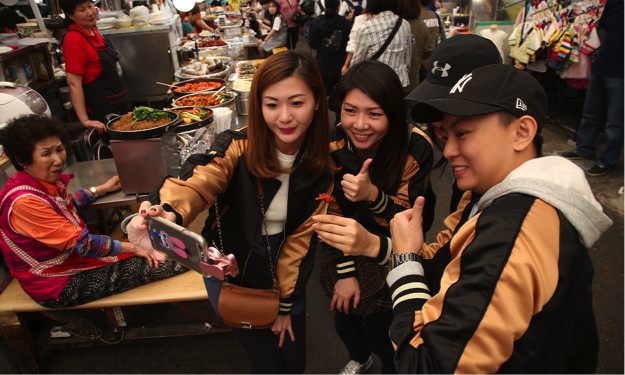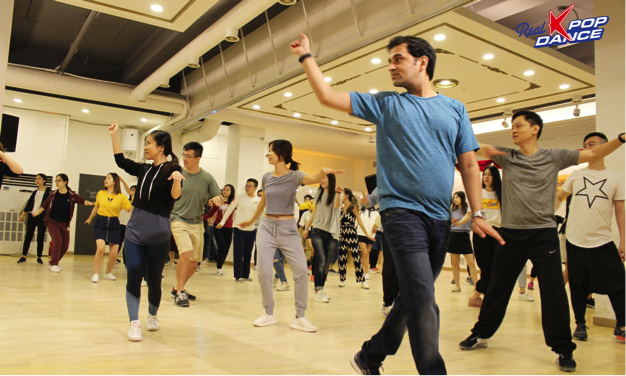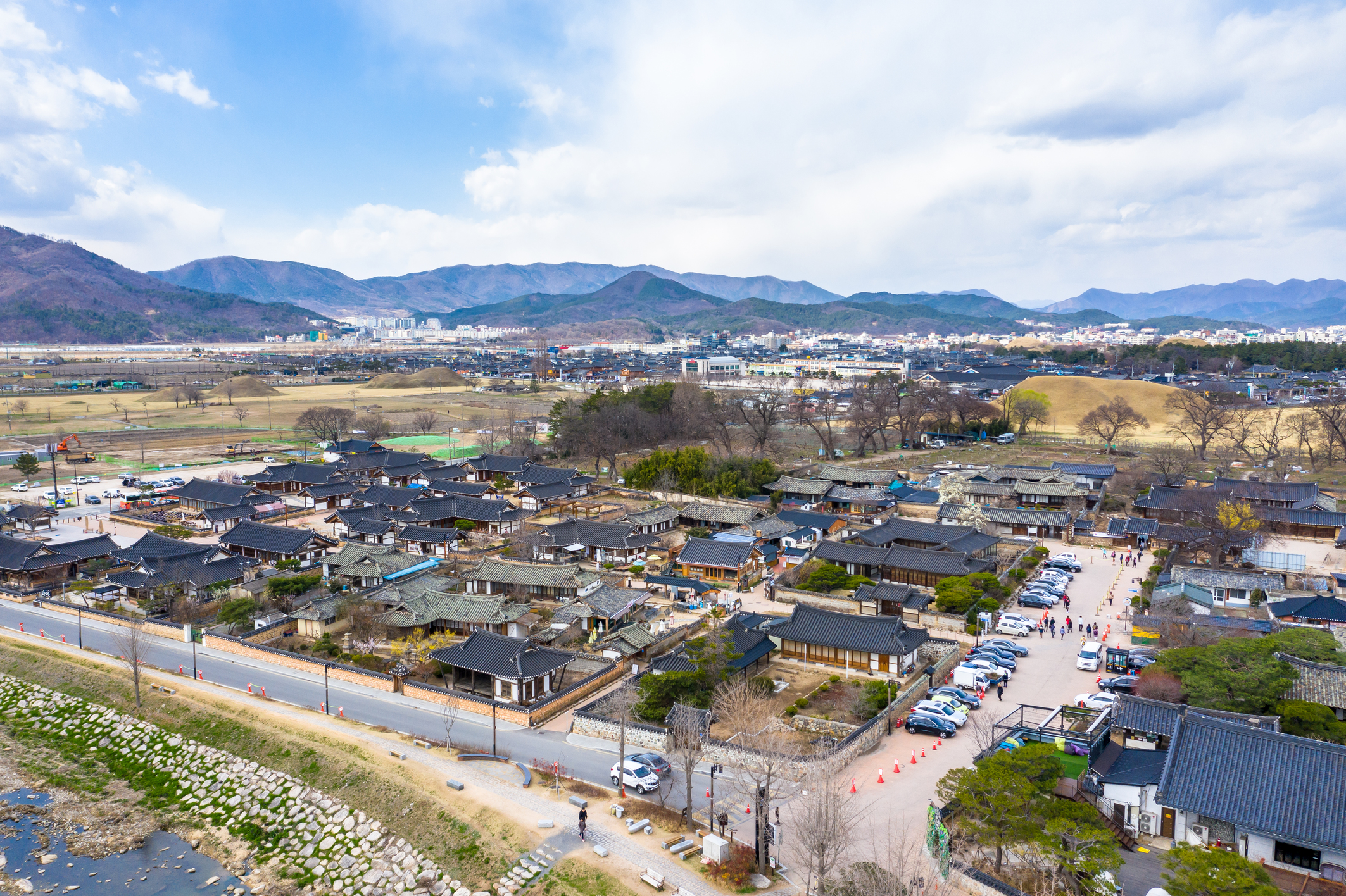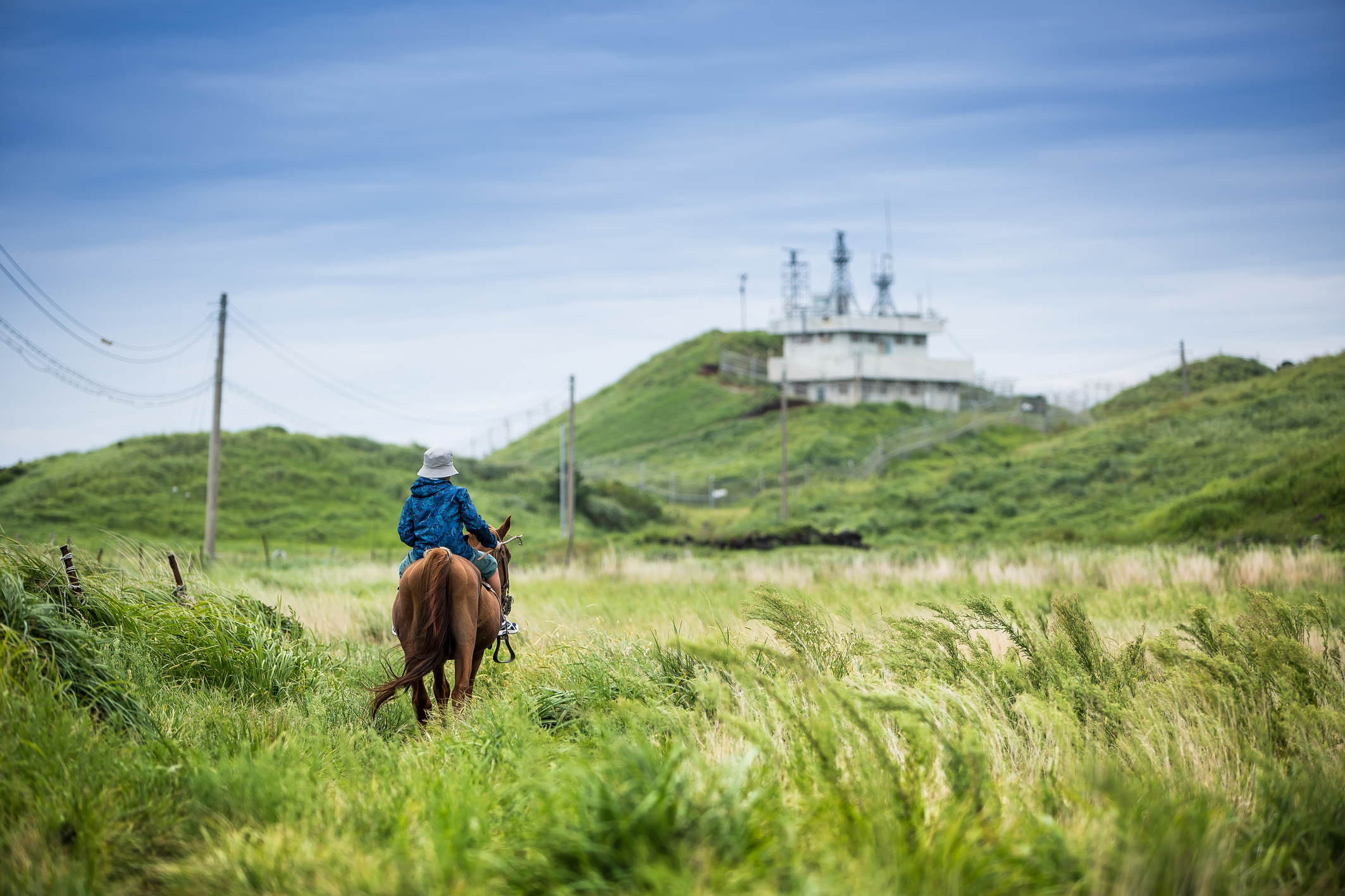Experiencing Korea through K-Team building programs
The COVID-19 pandemic has put international exchange “on hold” for much of the past two years. However, in spite of the spread of new variants of the virus, many countries around the world are preparing to return to a more normal way of life as global vaccination rates continue to rise, and with oral antivirals for treatment of COVID-19 making their way onto the market. Korea is no exception, as the country is busy preparing to greet visitors for the new era of “living with COVID-19.”
Korea’s extensive and reliable transport network allows for travel to all major Korean cities within three hours by road, rail, or air at an affordable price. Tourism is once again gaining steam as preventive COVID measures are being applied to major tourist attractions. In various regions in Korea, hundreds of themed team-building programs are offered, ranging from K-culture experiences, traditional culture, handicrafts and temple stays, to village residence programs, races, performing arts experiences, outdoor activities, watersports and survival games.
Experience the Content Powerhouse That Is Korea | Running Man Game, Nanta
 ⓒ Seoul Convention Bureau, Jane DMC Korea
ⓒ Seoul Convention Bureau, Jane DMC Korea
COVID-19 has reduced the opportunities for face-to-face cultural exchanges, but the pandemic has also served as an opportunity for Korean content to reach the world online. As evidenced by the Academy award-winning film Parasite and the widely popular Netflix series Squid Game, Korean content is in high demand in the global market. Korean entertainment TV programs are also wildly popular, with one of the most prominent programs being Running Man. Team-building programs inspired by the popular Korean TV variety show are being well-received by overseas visitors. In these programs, participants have a hands-on experience of the team missions they have seen on the show. By working their way together through the team games, local food experiences, technical tours and outdoor activities, the participants feel as if they are actually starring in a Running Man episode.
International visitors are also fond of the Korean performing arts, most notably the musical Nanta that is now in its 25th year. Team-building programs are offered to those who wish to experience a performance of the former Broadway musical hands-on. In these programs, participants learn to play Korean beats and rhythms on the actual drums used for the live performances, and each team chooses its own music and rhythms to create an ensemble. Teams of up to 30 people can participate in each session.
Running Man Game
Region: Seoul
Type: Mission game
Participants: Approx. 20
Venue: Gwangjang Market and surrounding areas
Duration: 60 minutes
The Powerhouse of Popular Culture: A Taste of Korean Music | K-Pop Dance
 ⓒ Seoul Convention Bureau, RKD Entertainment
ⓒ Seoul Convention Bureau, RKD Entertainment
Global media including the BBC in the UK, ESPN in the US, PNN in Taiwan, and the South China Morning Post of Hong Kong have all covered the global K-Pop phenomenon. Of course, K-pop hails from Korea – and Korea offers you and your team opportunities to learn to dance in the K-pop style in the place where it all began. The K-pop Dance Experience is a team building program that does not require Korean language skills and prior dancing experience and helps you to dance like K-pop stars in no time.
K-pop Dance Experience
Region: Seoul
Type: K-culture experience
Participants: 10-50
Venue: Indoors
Duration: 90 minutes
Beauty in Tradition: Experience the Korea of the Past | Gyochon Village in Gyeongju
 ⓒ Kim Ji-ho, Korea Tourism Organization
ⓒ Kim Ji-ho, Korea Tourism Organization
Gyeongju is a city that is alive with the history and traditions of Korea. In fact, the entire city is a UNESCO world heritage area. Gyeongju is home to more UNESCO-designated cultural heritage sites and artifacts than any other Korean city, so it is the perfect place to experience and learn about many aspects of Korean tradition and history.
Gyochon Village in Gyeongju offers some beautifully preserved (1) hanok neighborhoods and Confucian schools, as well as handicraft experiences, pottery workshops, and Korean cooking experiences for you and your team. Choose from a wide range of programs that are designed to accommodate both large and small groups.
Near the village, you will find a wealth of cultural heritage sites, including (2) Wolseong Palace Site that dates back to the Silla Dynasty, the beautiful (3) Gyerim Forest , and (4) Woljeonggyo Bridge , which is famous for its breathtaking appearance at night. Bike tours are available too, providing visitors with a guided experience of the history and culture that the village and surrounding areas have to offer.
Gyochon Village Experience, Gyeongju
Region: Gyeongju, Gyeongsangbuk-do
Type: Traditional culture experience
Participants: Varies by program
Venues: Indoor and outdoor
Duration: Varies by program
Experience Korea’s Nature | (4) Jeju Olle Trail Tour and Hyeongjeseom-Hopping Tour in Jeju
 ⓒ Kim Joo-yeon, Korea Tourism Organization
ⓒ Kim Joo-yeon, Korea Tourism Organization
While Korea’s response to the COVID-19 pandemic has been nothing less than textbook, the persistence of the virus has left many in Korea feeling tired and frustrated. In these circumstances, Jeju Island has proven to be a haven for those who want to escape, with its treasure trove of UNESCO natural world heritage sites, including Mt. Hallasan and Seongsan (6) Ilchulbong Peak . Above all, the most celebrated natural experience programs that the island offers are its Olle Trail tours. These 26 trails extend for 425 km and take walkers on a scenic journey along the Jeju coastline in what is perhaps the best way for children and adults alike, to enjoy the island’s natural wonders. Along the trail, you will also find a host of indigenous Jeju cultural experiences.
If crystal-clear ocean waters are more to your liking, sign up for the island-hopping tours around (7) Hyeongjeseom Island just off the southwestern coast of Jeju Island. Leave COVID-19 behind for a while, and indulge in snorkeling, boat rides and diving in the waters of these uninhabited islands that will provide an unforgettable experience for you and your team.
With less in-person meetings, all of us around the world have gained better appreciation for the simple act of “meeting up.” If you’re tired of interacting through cameras and monitors, we recommend a visit to Korea, one of the safest places to be during the pandemic. Enjoy a wealth of activities and culture in this unforgettable, and above all, safe destination.
Olle Trail Tour
Region: Jeju Island
Type: Nature experience
Participants: No limit
Venue: Outdoors
Duration: Varies by course
FOOTNOTES
(1) Gyeongju Gyochon Village is a hanok village that allows visitors a look inside the life of the famous Choi Clan.
(2) Wolseong Palace Site, Gyeongju (literally “Half Moon Fortress”), also commonly known as Wolseong Palace, was the royal palace compound of the Korean Silla monarchy at their capital in Gyeongju during the Silla and Unified Silla periods (57 BCE-935 CE).
(3) The Gyerim is a small woodland in Gyeongju National Park, Gyeongju. The name literally means “rooster forest.” The grove lies near the old site of the Silla kingdom palace in central Gyeongju. Nearby landmarks include the Banwolseong fortress, Cheomseongdae, the Gyeongju National Museum, and the Royal Tombs Complex.
(4) Woljeonggyo Bridge located in Gyo-dong, Gyeongju was built during the Unified Silla period (AD 676-935), but was burnt down during the Joseon dynasty. Through historical research, the bridge was rebuilt in April 2018 to become the largest wooden bridge in Korea.
(5) Jeju Olle Trail is a long-distance footpath on Jeju Island, an island off the south-west coast of South Korea. The route follows the coastline and consists of 21 connected numbered main routes, 5 sub-routes, and a short spur that connects to Jeju International Airport. On average, the routes are 16km in length and in total amount to 426km.
(6) Seongsan Ilchulbong Peak, which is 180m above sea level, erupted underwater in the ocean about 5,000 years ago, which makes it a very rare case among the many craters in Jejudo Island.
(7) Hyeongjeseom Island is an uninhabited island that can be seen right in front of Sanbangsan Mountain. It is located 1.5km south from Sagye-ri Port. One island is big and the other is small, so they look like brothers that are facing each other. The big and long one is called Bonseom Island, and the smaller one is called Otseom Island. On Bonseom Island has a small sandy plain while Otseom Island has beautiful columnar joints.


